What is Engineering safety
safety engineering is provide to protective work culture and control of workplace accident that may cause worker injuries or disorders
Read more
We'd like to send you notifications of the latest posts and updates.
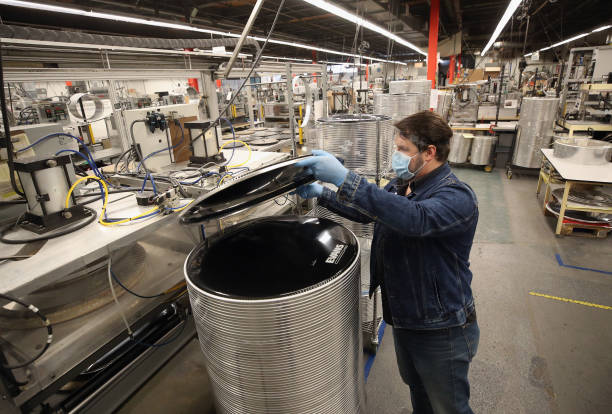
It is crucial to understand the characteristics of available engineering materials. Raw materials utilized in the manufacturing of products, tools, machines, and equipment in factories or industries are sourced from ores. These ores undergo suitable conversion processes to extract the metal in a molten form through reduction or refining processes in foundries. The molten metal is then poured into molds to produce commercial castings, known as ingots. These ingots are subsequently processed in rolling mills to obtain marketable forms of material supply such as bloom, billets, slabs, and rods. These forms of material supply undergo various manufacturing processes in different manufacturing shops to produce usable metal products of different shapes and sizes. These manufacturing processes, which transform ingots into usable products, can be categorized into six major groups: primary shaping processes, secondary machining processes, metal forming processes, joining processes, surface finishing processes, and processes affecting changes in properties.

Primary forming processes involve the manufacturing of a product from a shapeless material. Some methods yield finished products in their typical form, while others necessitate additional work to achieve the desired shape and size of the component. Castings require the re-melting of scrap and defective ingots in a cupola or another melting furnace, followed by pouring the molten metal into sand or metallic molds to obtain the castings, allowing for the creation of intricate shapes. Common examples of products produced through casting processes include machine bases, automotive engines, carburetors, and flywheels. The components produced via these processes may or may not require further operations.
Some of the important primary shaping processes is: (1) Casting, (2) Powder metallurgy, (3) Plastic technology, (4) Gas cutting, (5) Bending and (6) Forging.
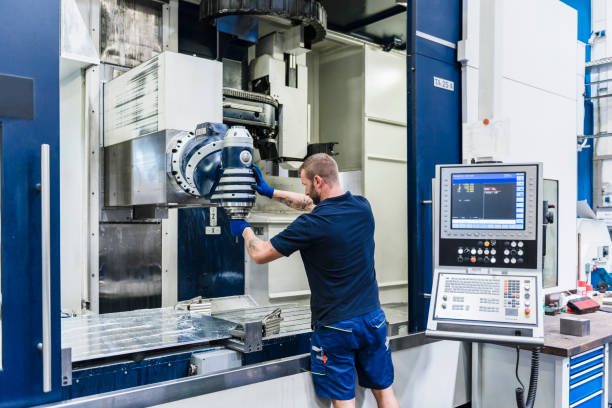
Many components necessitate additional processing following the primary procedures. These parts undergo one or more machining tasks in workshops to achieve the intended shape and dimensional precision on flat and cylindrical workpieces. The secondary operations involve the utilization of one or more machine tools, various single or multi-point cutting instruments (cutters), workpiece securing devices, marking and measurement tools, testing apparatus, and gauges, etc., to attain the desired dimensional control and the necessary level of surface finish on the workpieces. Examples of items manufactured by machining operations encompass hand tools, machine tools, instruments, automotive components, fasteners, and gears, among others. A significant amount of material is discarded as waste in the secondary or machining procedures.
The example of parts produced by machining processes includes hand tools machine tools instruments, automobile parts, nuts, bolts and gears etc. Lot of material is wasted as scrap in the secondary or machining process.
Some of the common secondary or machining processes are—
(1) Turning, (2) Threading, (3) Knurling, (4) Milling, (5) Drilling, (6) Boring, (7) Planning, (8) Shaping, (9) Slotting, (10) Sawing, (11) Broaching, (12) Hobbing, (13) Grinding, (14) Gear cutting, (15) Thread cutting and (16) Unconventional machining processes namely machining with Numerical Control (NC) machines tools or Computer Numerical Control (CNC) machines tools using ECM, LBM, AJM, USM setups etc.
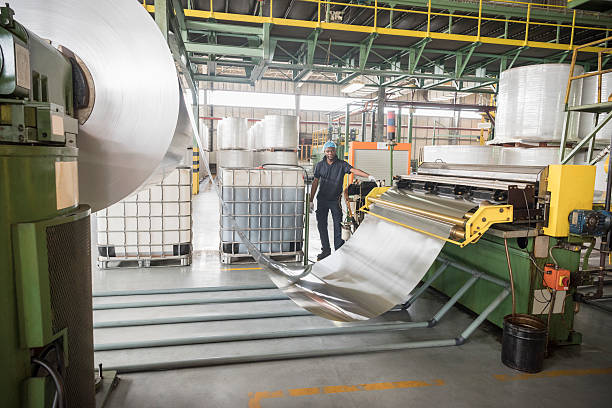
Forming techniques encompass a broad array of methods, which utilize appropriate force, pressure, or stresses, such as compression, tension, and shear, or their combination to induce a permanent deformation of the raw material to achieve the desired shape. These techniques are also referred to as mechanical shaping processes and are primarily categorized into two major groups, namely hot forming techniques and cold forming techniques. In these techniques, no material is subtracted; instead, it is deformed and displaced using suitable stresses like compression, tension, and shear or combined stresses to induce plastic deformation of the materials to create required shapes. Such techniques result in the production of directly usable items which include cooking utensils, bars, cables, tracks, soda bottle caps, collapsible tubes, etc.
Some of the important metal forming processes are:
Hot working Processes:
(1) Forging, (2) Rolling, (3) Hot spinning, (4) Extrusion, (5) Hot drawing and (6) Hot spinning.
Cold working processes;
(1) Cold forging, (2) Cold rolling, (3) Cold heading, (4) Cold drawing, (5) Wire drawing, (6) Stretch forming, (7) Sheet metal working processes such as piercing, punching, lancing, notching, coining, squeezing, deep drawing, bending etc.
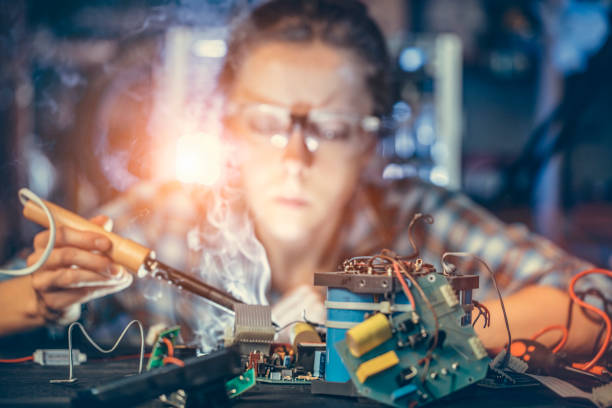
Many items commonly seen in everyday life are often created by assembling numerous components, possibly in subassemblies. For instance, a ballpoint pen comprises a body, ink refill, barrel, cap, and refill mechanism, all assembled to create the pen. Over 800 parts are assembled to construct various subassemblies and the final assembly of a car or airplane. A complete machine tool may also require assembling over 100 parts into various subassemblies or the final assembly. The process of assembling the parts to create a product that performs the intended function is referred to as assembly. Some parts of an assembly may need to be joined together using various joining techniques. However, assembly should not be mistaken for the joining process.
Most products cannot be manufactured as a single unit; instead, they are produced as different components using one or more of the aforementioned manufacturing processes, and these components are assembled to obtain the desired product. Joining techniques are extensively utilized in fabrication and assembly tasks. In these processes, two or more metal pieces are joined together to achieve the desired shape and size of the product. The joining techniques are executed through fusion, compression, friction welding, riveting, screwing, or any other method of assembly.
Some of the important and common joining processes are:
(1) Welding (plastic or fusion), (2) Brazing, (3) Soldering, (4) Riveting, (5) Screwing,(6) Press fitting, (7) Sintering, (8) Adhesive bonding, (9) Shrink fitting, (10) Explosive welding, (11) Diffusion welding, (12) Keys and cotters joints, (13) Coupling and (14) Nut and bolt joints.

Surface finishing techniques are employed to achieve the desired surface texture on a workpiece. Through surface finishing techniques, the dimensions of the part are not functionally altered; either a minute amount of material is removed from the surface, or a certain material is applied onto it. These techniques should not be confused with metal removal processes, as their primary purpose is to achieve a high-quality surface finish or apply a decorative or protective coating onto the metal surface. Surface cleansing techniques, also known as surface finishing techniques, are utilized for this purpose.
Some of the commonly used surface finishing processes are:
(1) Honing, (2) Lapping, (3) Super finishing, (4) Belt grinding, (5) Polishing, (6) Tumbling, (7) Organic finishes, (8) Sanding, (9) deburring, (10) Electroplating, (11) Buffing, (12) Metal spraying, (13) Painting, (14) Inorganic coating, (15) Anodizing, (16) Sherardising, (17) Parkerizing, (18) Galvanizing, (19) Plastic coating, (20) Metallic coating, (21) Anodizing and (22) Sand blasting.
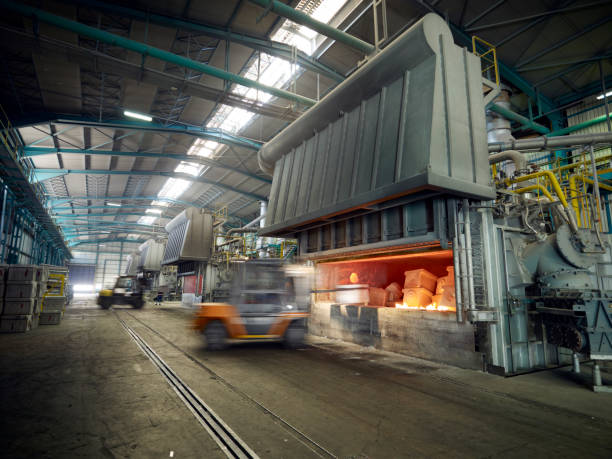
Processes altering properties are typically utilized to impart specific characteristics to metal workpieces, rendering them suitable for particular operations or applications. Essential material attributes such as strengthening, weakening, and grain refinement are required for various jobs and are therefore achieved through heat treatment. Heat treatments modify the physical properties and significantly alter the internal structure of the metal. Likewise, metal forming techniques influence the physical properties of workpieces. Similarly, the shot blasting process enhances fatigue resistance in workpieces.
Safety Manufacuturing PPE Automation & Mechanization Friction Lubricants Classification of manufacturing advantage and dis. LPG 5S News fire prevention ci vs si engine Gear LPG vs petrol
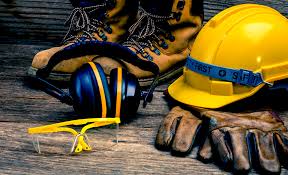
safety engineering is provide to protective work culture and control of workplace accident that may cause worker injuries or disorders
Read more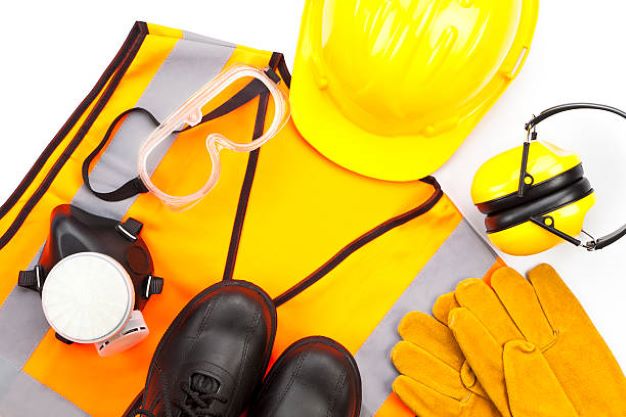
The following general types of safety are considered in the workshop.
1. Safety of self.
2. Safety of job.
3. Safety of machines tools.

Developing a solid safety plan is vital in workplaces, and recreational areas. It starts with a thorough risk assessment to identify potential hazards and assess their possible impact. Equally important is being well-prepared for emergencies, involving the creation of clear plans for different scenarios.
read more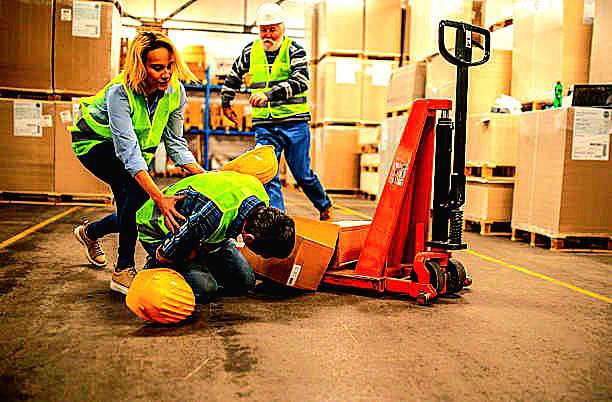
A large number of revolving, rotating, reciprocating and moving parts of machinery can besaid as the sources of danger and require guarding for protection against accidents.
read more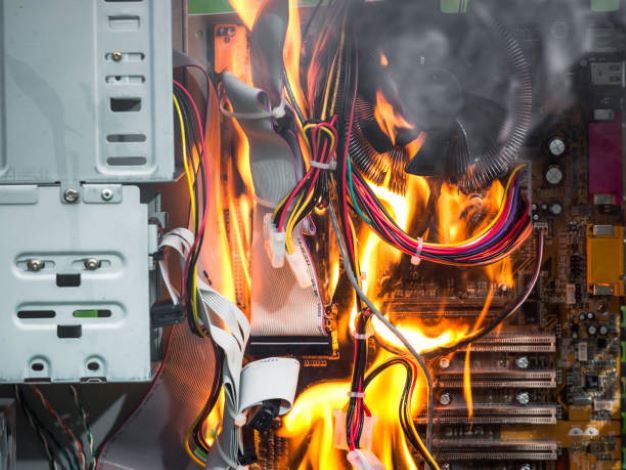
The accidents are unwanted events or mishaps that result in some sort of injury to men, material, machines, tools, equipment and semi or finished product hence, a loss to the whole establishment.
read more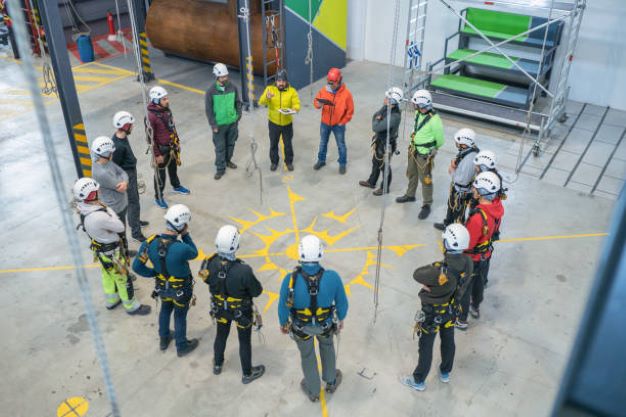
Few safety measures commonly used in industries comprise of the proper safety guards for reciprocating machine components such as drop hammers, presses, shaper, slotter, power hacksaw, paper cutters etc., fencing of dangerous and rotating parts like revolving shafts,
read more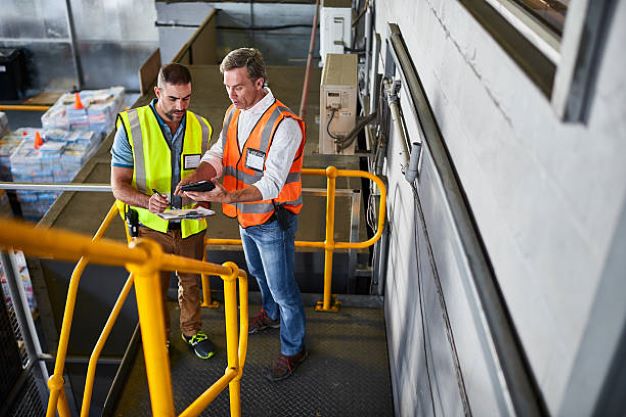
The common methods of safety are as follows:
1.Safety by construction or design.
2.Safety by position.
3.Safety by using fixed guards.
4.Safety by using interlock guards.
5.Safety by using automatic guards.
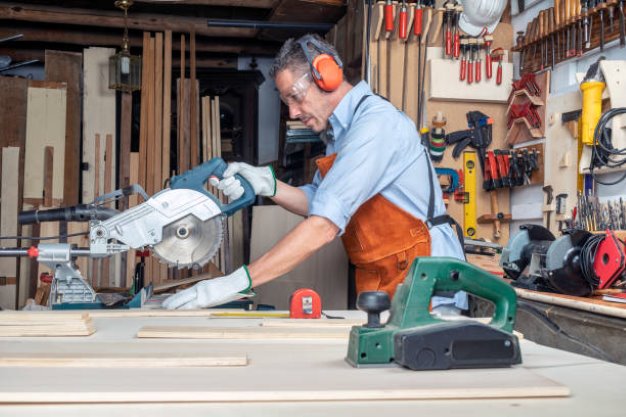
Safety Precautions while Working with Different Cutting Tools: Like as Make files, cutting, Chisels, Saws, Reamers, Tap and Dies, Abrasives.
read more
Safety Precautions while Working with Different hand Tools: Like as Screw Drivers, Wrenches, Hammers.
read more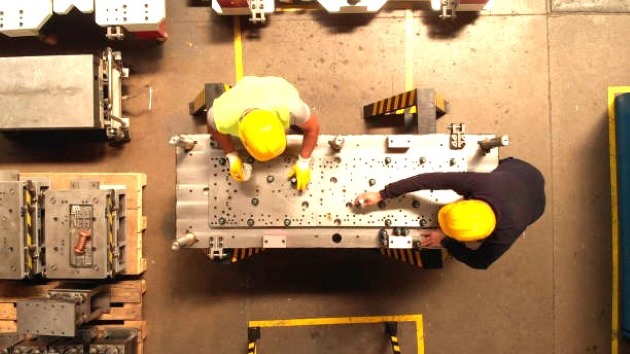
They must be strictly followed for safety. Specific safety guidelines for some of the machine process like lathe, drilling, shaping, planning slotting, grinding, milling, and finishing operations.
read more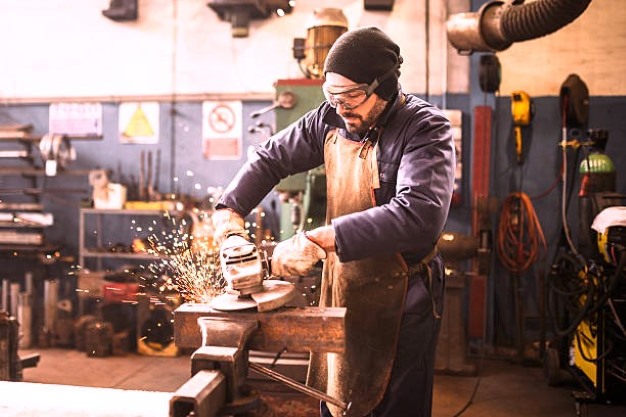
Replace Cracked Grinding Wheels: If you notice that the grinding wheel is badly cracked, replace it promptly. Damaged wheels can lead to accidents during operation.
read more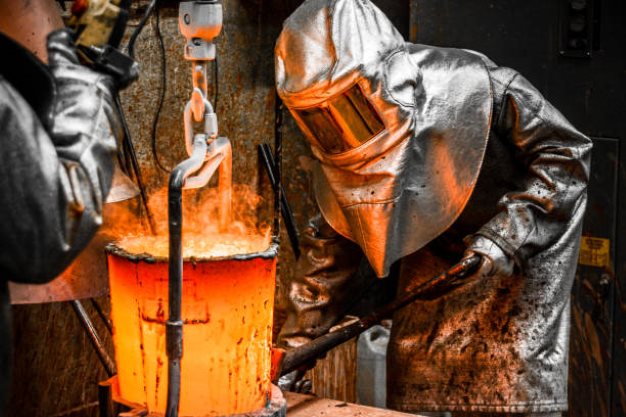
All foundry men should wear protective clothes, glasses, shoes, and gloves while handling molten metal for casting process.
read more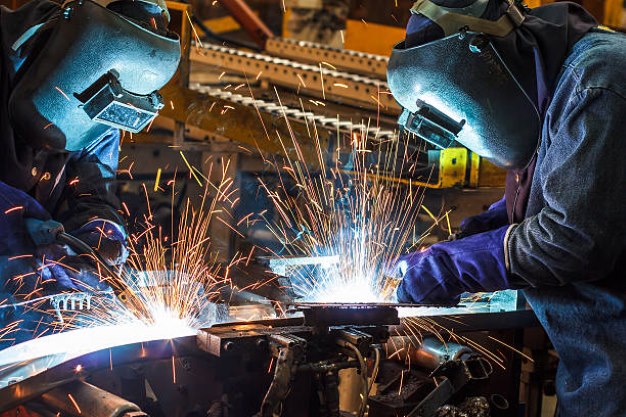
A welding shop is where metal pieces are joined using heat or pressure. Safety and proper equipment are essential for efficient welding processes.
read more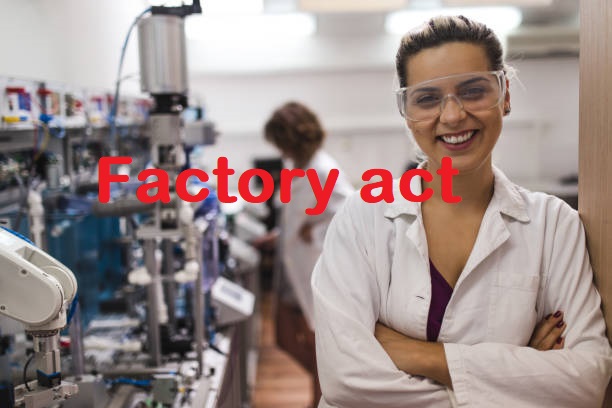
Factory Act is to safeguard workers from industrial hazards and ensure a secure and improved working environment, with specific provisions outlined for the fencing of machinery and other safety measures.
read more
In industry, an inquiry is normally ordered for electrical accident. Items carrying electricity should be properly insulated. Ageing of insulation withstand capacity and should not be allowed to leak current.
read more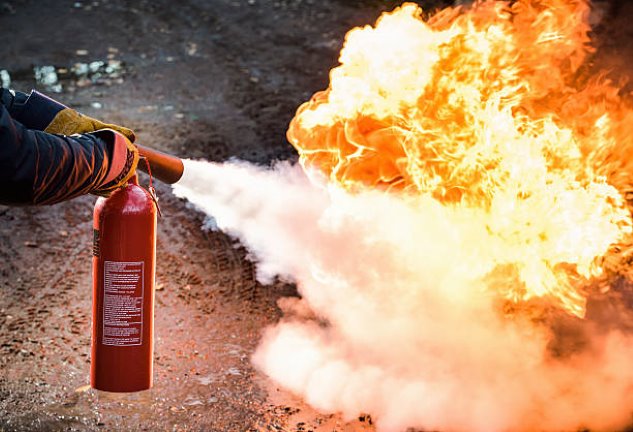
The main factors for combustions are presence of oxygen, availability of combustible materials and rise of temperature to the ignition point for the material The cause of fire accidents may be electric-short circuit.
read more
The main factors for combustions are presence of oxygen, availability of combustible materials and rise of temperature to the ignition point for the material The cause of fire accidents may be electric-short circuit.
read more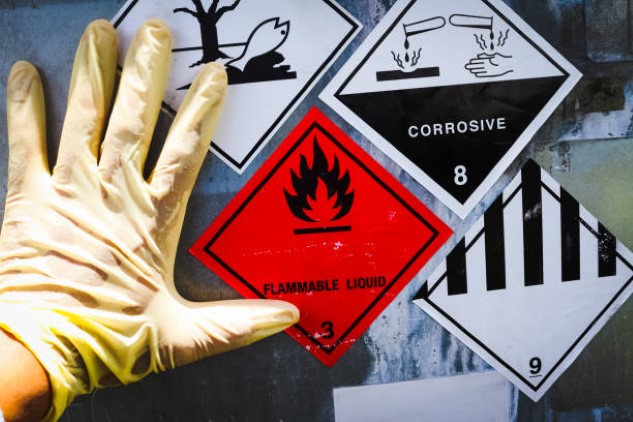
Effects of dusts, fumes, heat, noise and vibration due to hot and cold working of metals and crush and other injuries due to machine tools are discussed earlier.
read more
sometimes accidents may also occur in industries. After major or minor accidents, an injured worker requires immediate preliminary treatment in the absence of same his condition may become highly critical.
read more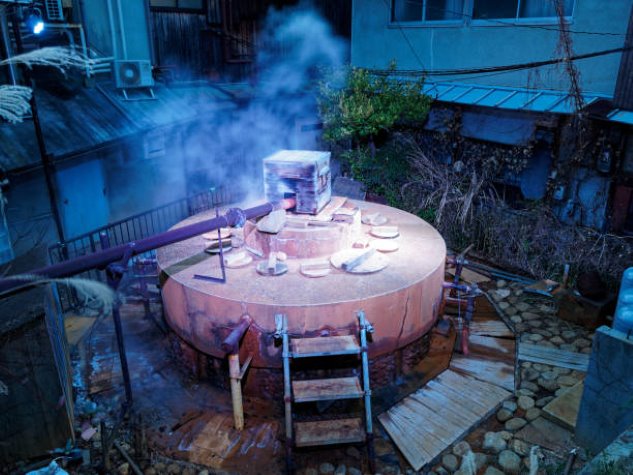
sA Cupola furnace is utilized for melting recycled metal or pig iron to manufacture diverse cast irons. Crucial factors in choosing cupolas include melting capability, shell diameter with or without lining, and spark arrestor.
read more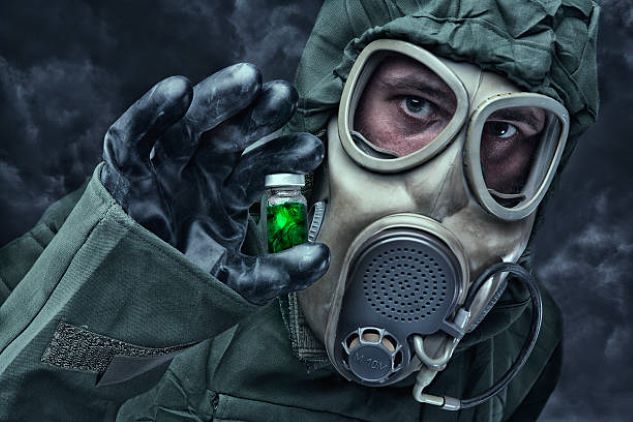
Antidotes are therapeutic agents used to counteract the toxic effects of specific xenobiotics. These are heterogenous group of substances consisting of pharmaceuticals, biological agents and immunoglobulin fragments.
read more
This Glossary of safety to help understand basic term of safety
read moreSafety Manufacuturing PPE Automation & Mechanization Friction Lubricants Classification of manufacturing advantage and dis. LPG 5S News fire prevention ci vs si engine Gear LPG vs petrol
To get first Notification: